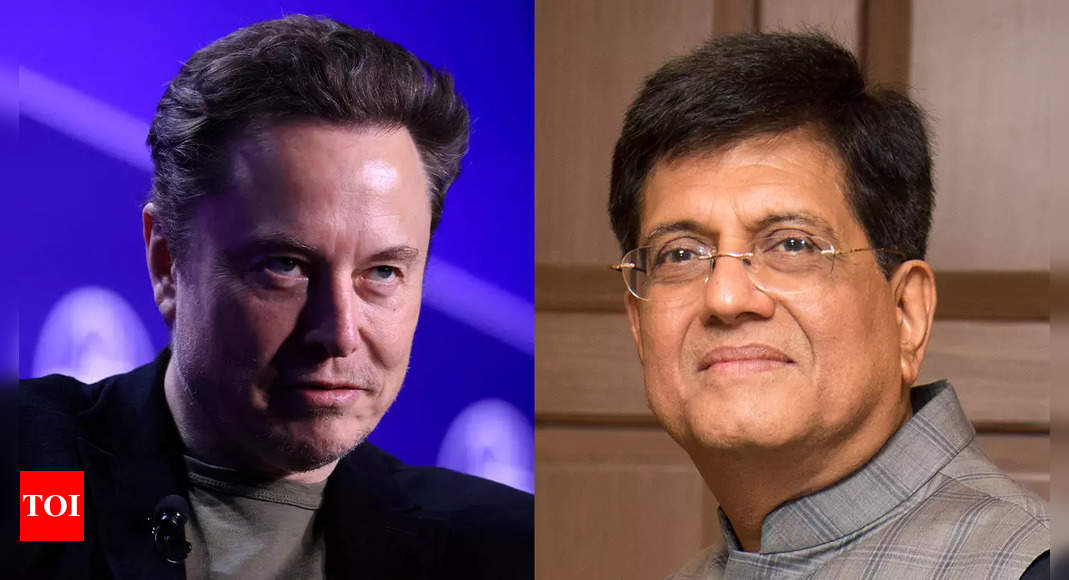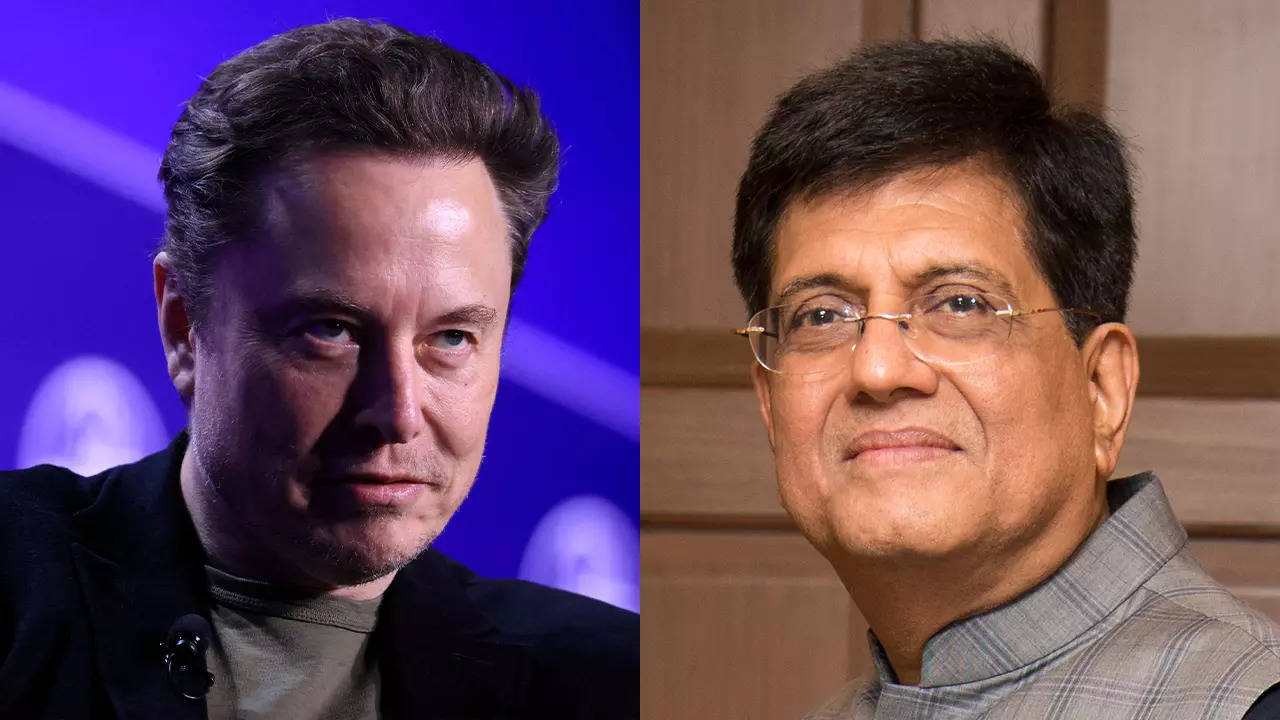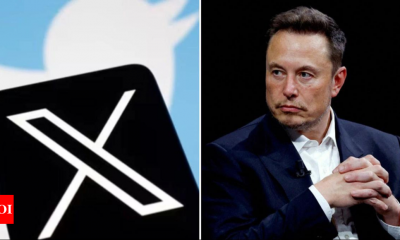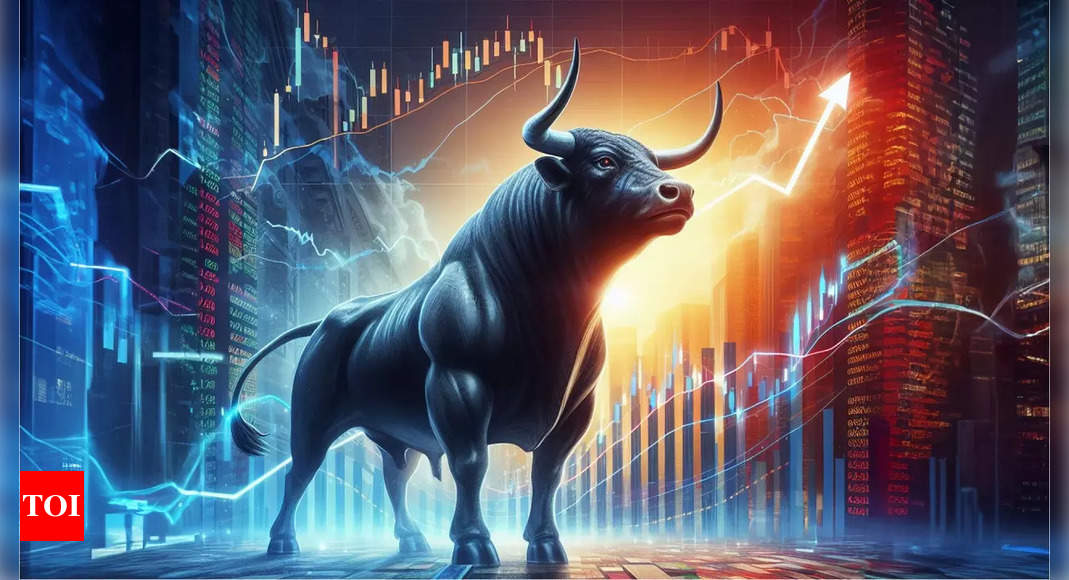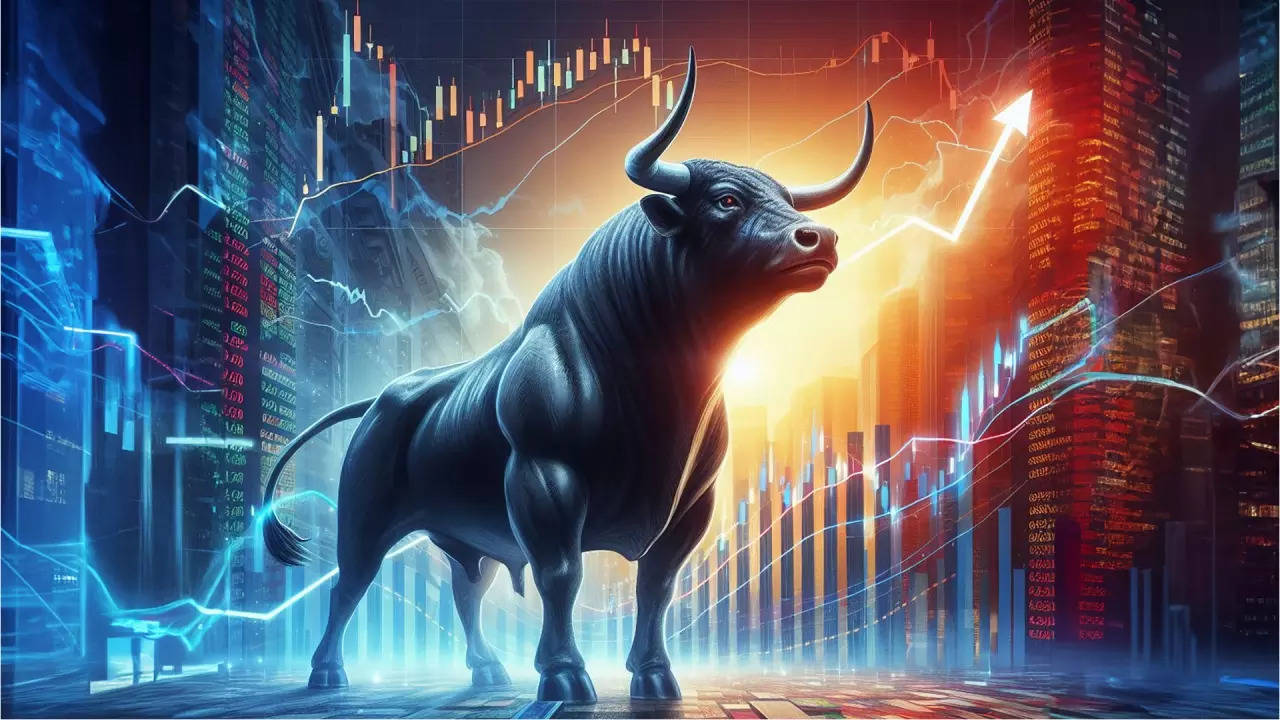Elon Musk-led
Tesla‘s potential investment in India has generated significant interest, but the current status remains uncertain. The Indian government has introduced a policy that encourages foreign investment in the automotive sector. This policy allows companies to import and market their vehicles in India before establishing a manufacturing facility, provided they commit to setting up a factory in the future.
Tesla’s CEO,
Elon Musk, had planned a visit to India earlier this year to meet with Prime Minister Narendra Modi, government officials, and spacetech executives. During this trip, Musk was expected to announce Tesla’s intention to establish an EV manufacturing facility in India. However, he abruptly postponed the visit.
In an interview with ET, Commerce and industry minister Piyush Goyal has said, “We have come out with a policy. We are open to any company investing under that policy or even otherwise. That policy is only an enabler. If somebody wishes to import, we have given the possibility that you can import and market in India prior to even setting up the factory, if you are committing to set up the factory.”
Also Read |
Piyush Goyal accuses e-com players of predatory pricing, FDI violation“There are many who are ready to set up the factory, wait that time, instead of importing and then sell India-made cars. For example, VinFast is coming in. They could have imported under the policy but decided to start production. We welcome that better,” he said when asked about the status of a possible Tesla investment in India.
Regarding Chinese automaker BYD’s plans to invest in India, Piyush Goyal said there is currently no active proposal under consideration. “If anybody or any company comes with any proposal for Chinese investments, it goes through a process. We take a call on every application under that process,” he said.
Meanwhile, in July it was reported that the government is considering changes to its recently introduced electric vehicle (EV) policy to offer incentives to automakers that have already invested in the country. This comes as Tesla Inc has not yet committed to building a factory in India, as the current policy only supports new investments aimed at accelerating local manufacturing of high-end electric cars.
Automakers have raised concerns about the scheme, suggesting that it should consider existing investments and include plants producing both petrol and diesel cars alongside EVs, given the small share of EVs in India’s passenger vehicle market. No automaker has officially commented on participating in the EV scheme since its announcement on March 15.
Also Read |
Who are India’s richest investors? These top individual investors made more money in June quarterDiscussions are ongoing with stakeholders regarding another important issue affecting carmakers. The government may consider investments in plants producing both internal combustion engines and electric vehicles as eligible for incentives, to add scale and make large investments viable for automakers, according to sources quoted ET.
Several carmakers, including Volkswagen-Skoda, Hyundai-Kia, and VinFast, have shown interest in the new policy, known as the “Scheme for Manufacturing of Electric Cars (SMEC).”
Given the unlikelihood of the American automaker committing to building a local factory in the near future, discussions are underway with industry stakeholders to make the scheme more accommodating to established players. These discussions may include allowing investments in facilities that manufacture both internal combustion engine vehicles and electric vehicles.

 Entertainment1 month ago
Entertainment1 month ago
 Business1 month ago
Business1 month ago
 Entertainment4 weeks ago
Entertainment4 weeks ago
 Business4 weeks ago
Business4 weeks ago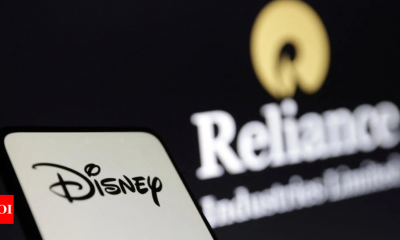
 Business4 weeks ago
Business4 weeks ago
 Business1 month ago
Business1 month ago
 Entertainment4 weeks ago
Entertainment4 weeks ago
 Business7 days ago
Business7 days ago
